Tompkins Robotics Migration to Container & AWS EKS
- Ankush Madaan
- Case Studies
About
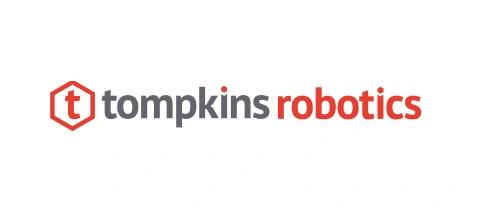
Industries
- AWS, CI/CD Pipelines, EKS, Kubernetes, Microservices, Migration, SAAS, Security
Share Via
Executive Summary
Tompkins Robotics specializes in using robotic automation using IOT devices and robotic sorters to improve distribution and fulfillment processes within supply chain management.
The team faced challenges with slow and error-prone deployment to AWS during new warehouse onboarding due to a lack of automation. To overcome these issues, Squareops, an automation and DevOps partner, introduced Terraform automation for infrastructure provisioning and Jenkins pipelines for application deployment using Helm charts. As a result, Tompkins Robotics significantly reduced client onboarding time by 80% and decreased onboarding failures by another 80%.
About the Customer
Tompkins Robotics is a company at the forefront of robotic automation, primarily focusing on streamlining distribution and fulfillment operations. Established over half a decade ago, the company began its journey with tSort™, a unique robotic sortation solution. Since then, Tompkins Robotics has persistently pursued innovation, adding numerous solutions to both its upstream and downstream operations. Their offerings now include the advanced Pick Assist AMR and PickPal for upstream processes and the revolutionary xChange, the only automated takeaway unit from a unit sorter robot, for downstream processes. Linking all these technologies together is their warehouse execution system, tWES, which delivers a comprehensive set of solutions for their customers’ needs across the supply chain spectrum.
Customer Challenge
- Container Technology Implementation: The adoption and implementation of container technology at scale is a new venture for Tompkins Robotics. This presents operational challenges that need to be managed.
- Automation: The transition to AWS EKS necessitates the automation of several processes to ensure efficiency. Figuring out how to automate these processes effectively is a significant challenge.
- Runtime Security: Ensuring runtime security in the new AWS EKS environment is another concern. This involves establishing protocols and mechanisms that would protect their systems during operation.
- Continuous Integration, Testing, and Deployment: Streamlining the process of integration, testing, and deployment in the new environment is a hurdle that needs to be overcome.
- Monitoring and Observability: The new environment would require robust monitoring and observability tools and practices to ensure system health and performance.
- Temporary Environments for Longevity Testing: There is a need to create temporary environments to conduct platform longevity tests. Setting up these environments effectively is another challenge.
- Lack of Detailed Platform Metrics Monitoring: Existing systems do not provide detailed metrics monitoring, which is essential for effective system management in the new AWS EKS environment.
- Simultaneous Deployment of Multiple Application Versions: The company is currently unable to deploy multiple versions of applications simultaneously. This capability would need to be established in the new environment.
- Security and Compliance: Despite the massive changes, the security posture of the deployment must not be compromised. Ensuring the migrated system’s security and compliance level matches the existing one is a major concern.
Solution Implemented
- Automation Library: An internally developed automation library built on Terraform modules and Helm templates was used to rapidly provide a test bed for the customer within five working days.
- Application Dockerization and Deployment: The applications were quickly dockerized and deployed onto the test bed using Helm charts templates.
- Software Release Pipelines, Monitoring Dashboards, and Logging Services: These features were made available from the outset, enabling the customer to quickly identify and rectify faults during Kubernetes onboarding.
- Optimization of AWS Native VPC and Networking Features: The solution library included various modules designed to enhance these features, allowing for the quick creation and connection of VPCs and the development of a resilient network topology.
- AWS EKS for Production-Ready Clusters: AWS EKS was used to spin up clusters, which were then equipped with necessary add-ons, controllers, and operators, such as the AWS Cluster Autoscaler, ALB controller, and more.
- Amazon Inspector: This tool was employed to run scans on the CIS AMI worker nodes and generate insightful findings.
- IAM Module Implementation: This module was used to create IAM Policies and Roles, and EC2 Instance profiles, which were then used for Kubernetes Service Accounts (IRSA).
- Security Measures: AWS KMS was deployed for encryption-at-rest, and other network security measures were implemented, including traffic restrictions via NACL for SSH and other rules for CIS-compliant infrastructure.
- AWS Route 53 Integration and S3 Bucket Creation: AWS Route 53 Private Hosted Zone integration was incorporated, and S3 Buckets utilizing both Standard and Glacier storage classes were created.
- SNS and SES Integration: These were integrated to ensure effective communication and notification management.
Results and Benefits
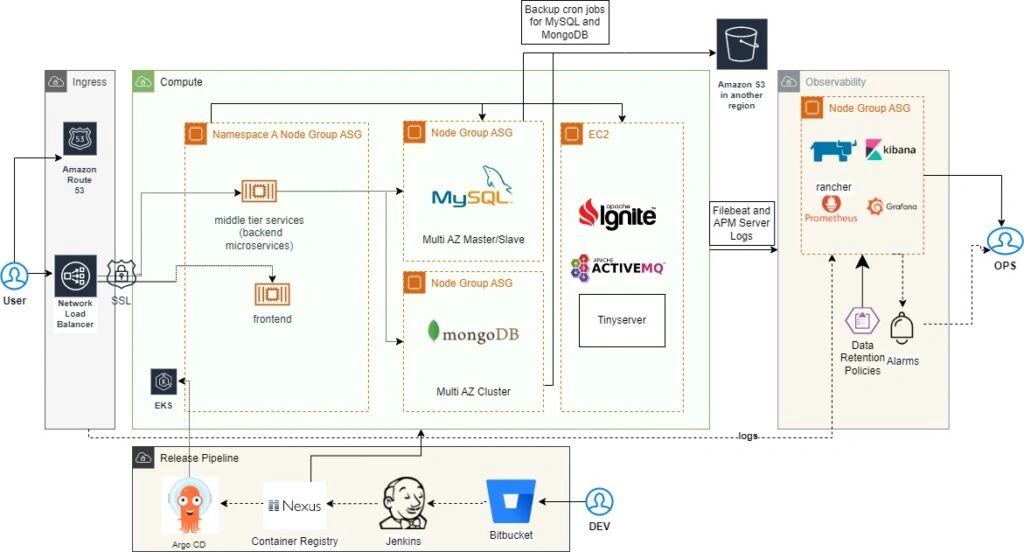
The implementation of our AWS-based solution significantly improved Tompkins Robotics’ operational efficiency and reduced its IT costs.
- Time Saved in Onboarding Process: The automated onboarding process, bolstered by containerization and our automation library, reduced the time required to onboard new clients by an impressive 80%. What used to take a 4-week cycle has been reduced to less than a week. This acceleration led to improved customer satisfaction and allowed Tompkins to serve more clients effectively.
- Decreased Failure Rate: The incidence of onboarding failures was drastically decreased, with a reduction of approximately 90%. This improvement in reliability significantly boosted the quality of service provided to clients and instilled further confidence in Tompkins’ offerings.
- Cost Efficiency: The implementation of cost optimization techniques, such as the usage of AWS Spot Instances and the ability to create short-lived environments, has resulted in notable cost savings. While precise figures are dependent on usage, it’s clear that these measures are making a significant impact on reducing IT costs.
- Enhanced Scalability and Flexibility: With AWS EKS and Kubernetes, the customer is now able to scale their services more dynamically based on demand. They can also deploy multiple application versions simultaneously, thus accelerating development and delivery cycles.
- Improved Security: By integrating CIS controls, DevSecOps tooling, and other security mechanisms from day one, the solution ensures the highest level of data protection and compliance. AWS Inspector and IAM policies further enhance the security landscape, giving Tompkins peace of mind.
- Better Observability: The new solution provides robust monitoring and logging services, allowing the Tompkins team to quickly identify and rectify any issues, leading to more stable and reliable services for their clients.
Robust Disaster Recovery: The solution had all the backups in place for Stateful components, and when combined with infrastructure as code operations, we could achieve the RTO and RPO to be under 2 hours.
The above results clearly demonstrate that the partnership between Tompkins Robotics and SquareOps, powered by AWS services, has not only overcome their initial challenges but also yielded significant improvements in their operational efficiency and cost-effectiveness.
Related Posts

Smooth Migration of MongoDB & Elasticsearch to AWS
- Case Studies
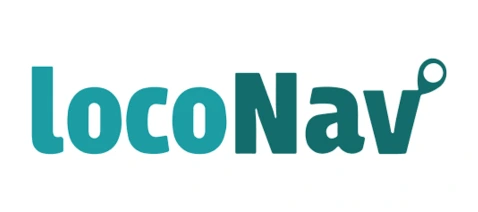
Streamlining Deployments for Loconav with Automation
- Case Studies
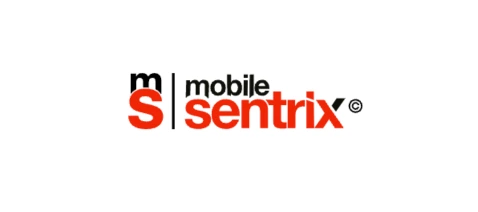
Scaling DevOps & Performance for MobileSentrix
- Case Studies

Migration of MongoDB & Elasticsearch to AWS
- Case Studies
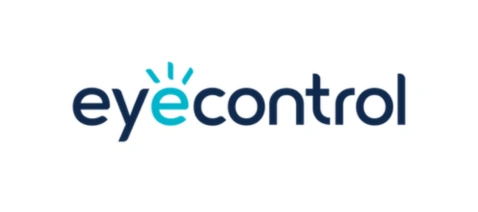
AWS Control Tower Strategy For EyeControl
- Case Studies
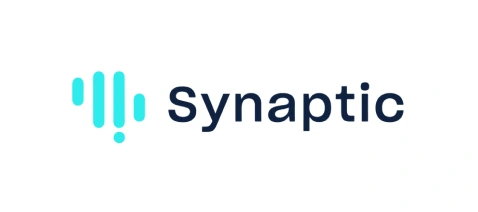
Transforming AWS Security Landscape For Synaptic
- Case Studies

